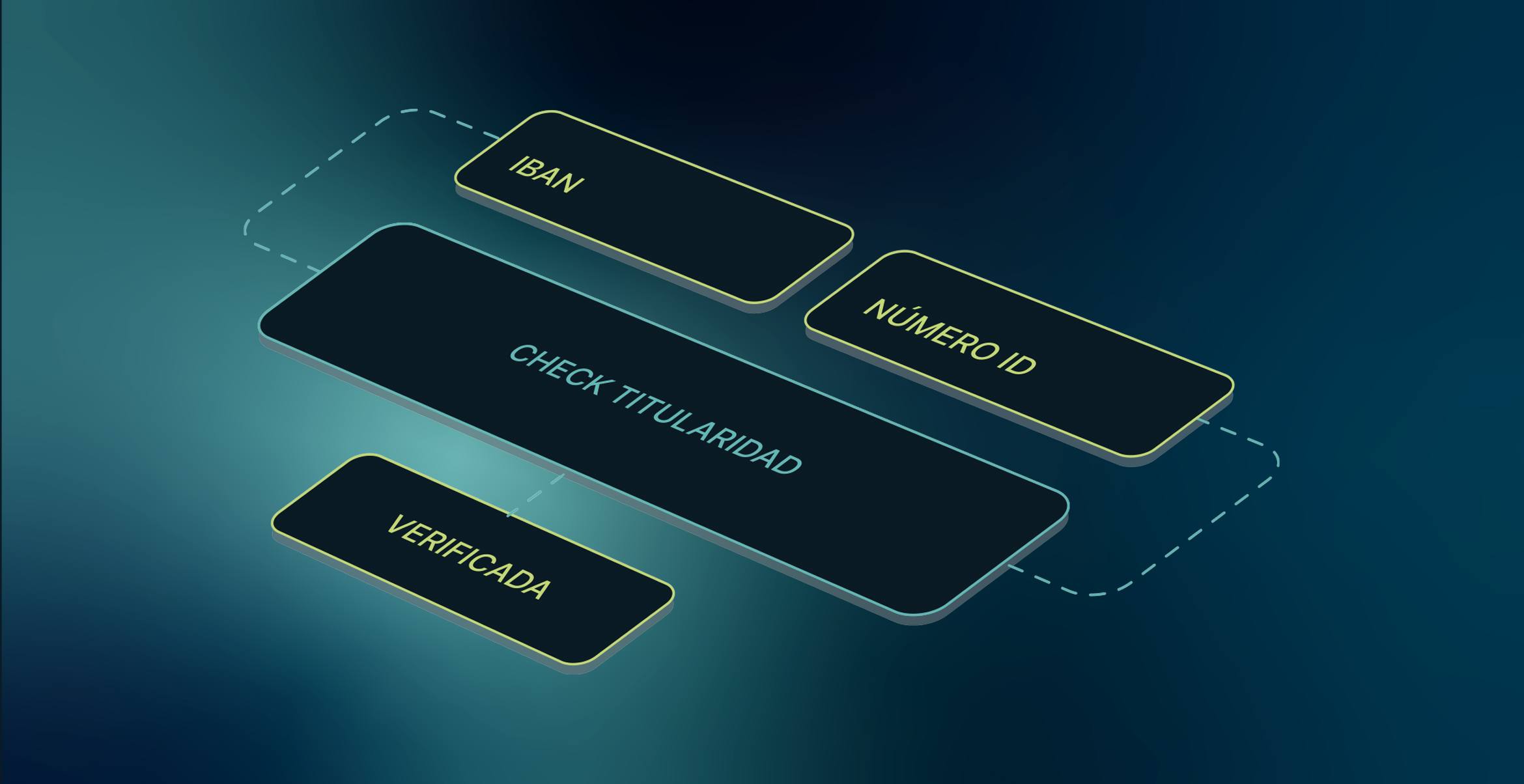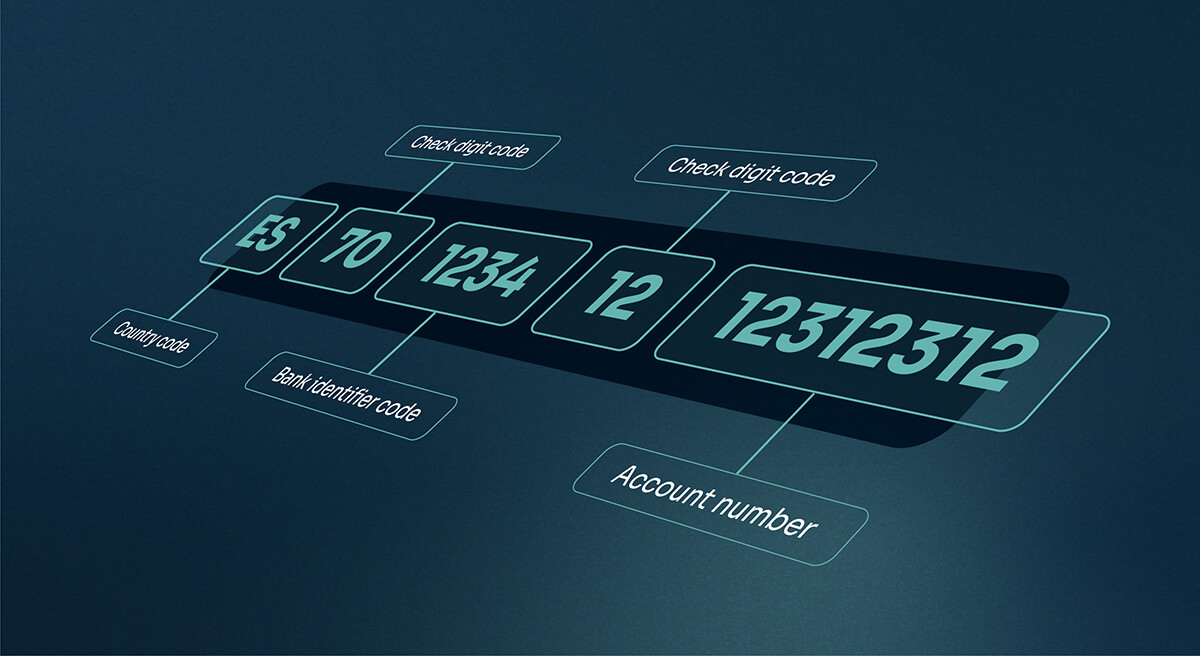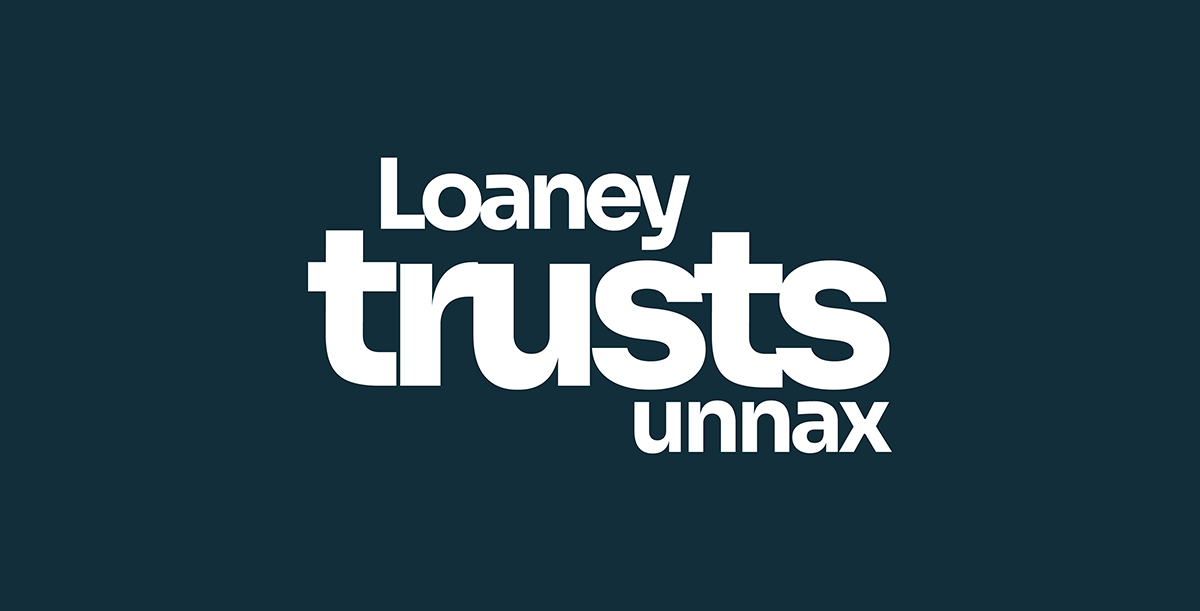Recurring payments is an Open Banking payment product that allows merchants to set up fixed, recurring payments with customers via direct bank transfers.
Most repeated payments today are done via debit and credit card or SEPA direct debit. Although cards are easy to use, they cause a lot of issues for merchants, such as high costs, chargebacks, long settlement times and involuntary churn (as cards expire, are lost, cancelled, etc). The first three challenges also apply to the case of SEPA direct debits.
Open Banking — a payment method whereby a user pays directly from their bank account — offers a better solution for both customers and merchants. They’ve recently been generating a lot of interest in the payments industry because they offer an alternative that is secure, more cost-effective, and delivers a better customer experience than recurring card payments or direct debits.
In this article, we’ll be covering what Open Banking recurring payments are exactly, how they work, their main benefits, use cases, and how they compare with recurring card payments.
What are PSD2 Recurring Payments?
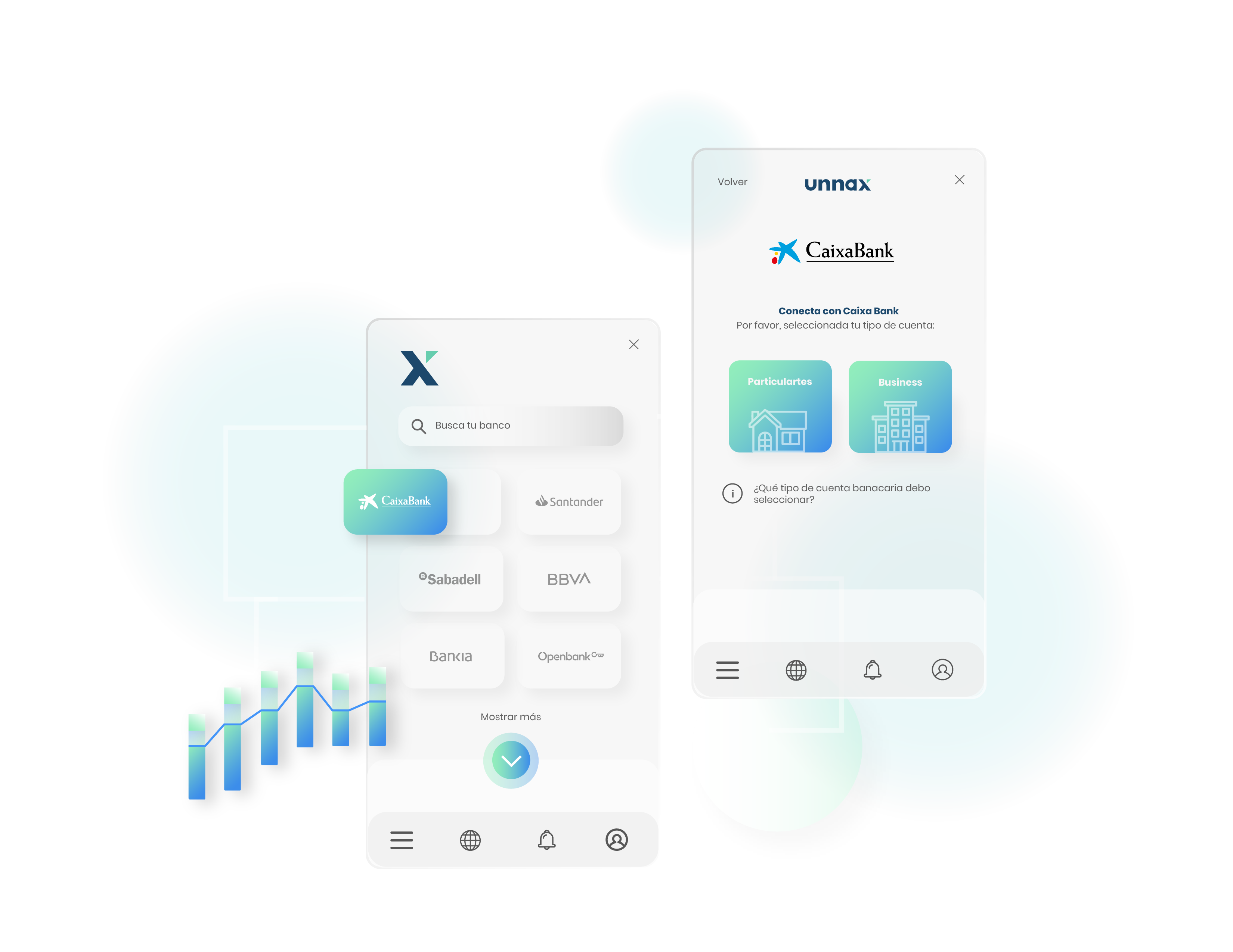
In order to understand recurring payments, it’s important to first comprehend Open Banking payments. Open Banking payments are direct bank transfers that are enabled by licensed third parties.
Usually, direct bank transfers are highly manual and cumbersome to use. However, with Open Banking, a licensed third party can integrate into a customer’s bank account and push a payment on their behalf. The result is much cheaper payments, shorter settlement times, more security, and no chargebacks for merchants.
💡 Everything you need to know about Payment Initiation
The main user experience issue with Open Banking payments is that customers need to authenticate every time they complete an Open Banking payment — meaning they need to log in and use Strong Customer Authentication (SCA) or biometrics to complete the payment.
What if merchants could have an ongoing relationship and consent with the customer and set up regular payments that don’t require re-authentication? That is the premise of Open Banking recurring payments.
With recurring payments, the customer just needs to authenticate once, agree to set up regular payments, and the merchant will be able to enjoy all the benefits. Here’s what the user flow looks like:
Merchants can set up frequencies including weekly, every two weeks, monthly, every two months, quarterly, semi-annually, and annually.
Customers can edit or cancel recurring payments via their online banking (enabling a better user experience), and merchants can request to delete a recurring request through their licensed third-party API (such as Unnax).
Currently, only fixed recurring payments — when the same amount is charged each time — are available for Open Banking. But Variable Recurring Payments (VRP), where the amount charged can be changed, is also on the horizon.
👉 Read more: Why Open Banking technology is key to building customer loyalty
How do recurring payments work?
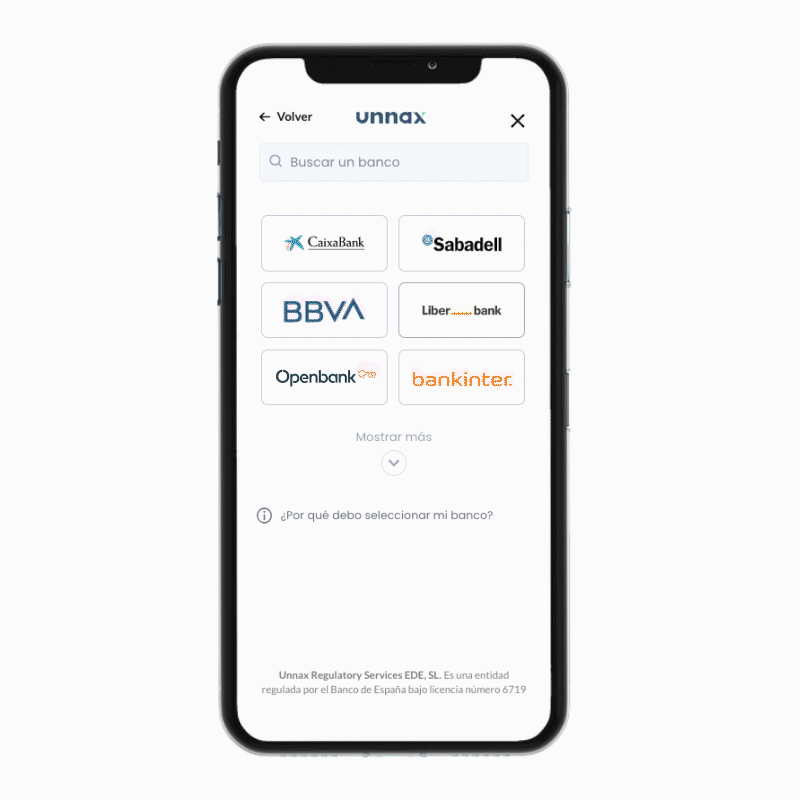
Unnax is a licensed third party that lets merchants accept Open Banking enabled payments. For recurring payments, transactions are scheduled directly in the client’s bank account by using the Unnax widget embedded on the merchant’s page.
The merchant will be the one to define the following parameters:
- Start date of payment
- End date (if not set, the order will be permanent)
- Frequency
- Amount to be paid on a recurring basis
This type of payment method can be deployed in days, and there are many benefits to merchants, such as instant transfers and automatic reconciliation.
Let’s look at the benefits in more detail.
Main benefits of recurring payments
Lower fraud risk
The largest amount of fraud happens with sharing credit and debit card data. Card Not Present fraud is usually anonymous and international, which makes it a lot harder to track. When the payment value is low, fraudsters are not usually pursued.
This doesn’t happen with Open Banking payments, because no customer details or credit card data are exchanged. The customer simply inputs logs in via their bank account and picks their account — no details are shared with the merchant.
This means merchants don’t have to store personal information or credit card information. As a result, they also don’t have to worry about data breaches or having to handle PCI DSS compliance.
The first recurring payment will also require going through Strong Customer Authentication, further minimizing fraud risk.
Lower costs
One of the biggest benefits of using Open Banking enabled payments for merchants is the drastic cost reduction. According to a BRC survey, card payments take up 83% of merchants’ cost of collection, despite accounting for only 61% of retail transactions. That’s because card payments need to go through various middlemen to be processed.
With Open Banking, there is just one intermediary: the licensed third party (such as Unnax). This drastically decreases costs, as much as 87% according to some research.
There are also other savings: by moving to Open Banking enabled recurring payments, merchants can enable automatic reconciliation and remove chargebacks, further reducing costs.
No chargebacks once the payment is completed
Since there are no intermediaries with Open Banking payments, there are no chargebacks once a payment is completed. The only possibility of a chargeback is during the timeframe necessary to complete a payment which, in most cases, is either instantaneous or within 15 minutes. This protects merchants against the fees of denied payments, as well as fraud.
No collections are made until they are approved by the end user for the first transfer via their bank application, which also means it’s a lot less likely for a customer to forget they signed up for a recurring payment.
More efficient task management
With Unnax’s API, reconciliation is automatic thanks to Unnax’s automatic notifications system. Our smart payment functionality also allows us to automatically route the payment through the cheapest and fastest option. This helps enable a more efficient task management system for merchants and financial institutions.
Faster settlement
SEPA direct debits take at least three days to settle, and card payments can take over a week when including holidays and weekends. When clearance times are so long, reconciliation becomes complicated and hard to track.
With Open Banking recurring payments, most transactions will be completed either instantly or within 15 minutes, but in some cases it can take up to 72 hours. The shorter settlement times make cash flow and reconciliation a lot easier for merchants.
Fewer errors
Direct debits are lengthy to set up as they require using mandates and collecting personal information. Card payments are also far from perfect – inputting the long card number increases mistakes and their expiry dates lead to churn.
With recurring Open Banking payments, customers authenticate a payment by logging into their bank account and completing SCA (such as two-factor authentication via SMS). Since personal information isn’t shared and no numbers need inputting, there are fewer errors.
Better cost control
Another huge benefit is the certainty that comes with Open Banking payments. With card payments, merchants are not sure how much they will need to spend on chargebacks and fees every month since these continuously vary.
With Open Banking payments, the costs are a lot more transparent and simpler to track, making it easier to predict month-on-month costs. Contrary to card payments and direct debits, merchants won’t be charged for failed payments with PSD2.
Recurring Open Banking payments vs. SEPA direct debit vs. Recurring card payment
Let’s compare the functionalities of Open Banking payments, SEPA direct debit and card payments:
| PSD2 Recurring payments | Direct debit SEPA | Recurring card payments | |
| Possibility to complete transfers in real time or within 15 minutes | ✓ | ╳ | ╳ |
| No costs incurred in case of failed or denied payments | ✓ | ╳ | ╳ |
| No chargeback once payment is complete | ✓ | ╳ | ╳ |
| Automatic reconciliation | ✓ | ╳ | ╳ |
| No fraud risk | ✓ | ╳ | ╳ |
| No involuntary churn due to card expiry dates or lost/stolen card | ✓ | ✓ | ╳ |
| No transfer limit | ✓ | ✓ | ╳ |
👉 Read more: How Ecommerce companies can fight payment fraud in 2021
Use cases
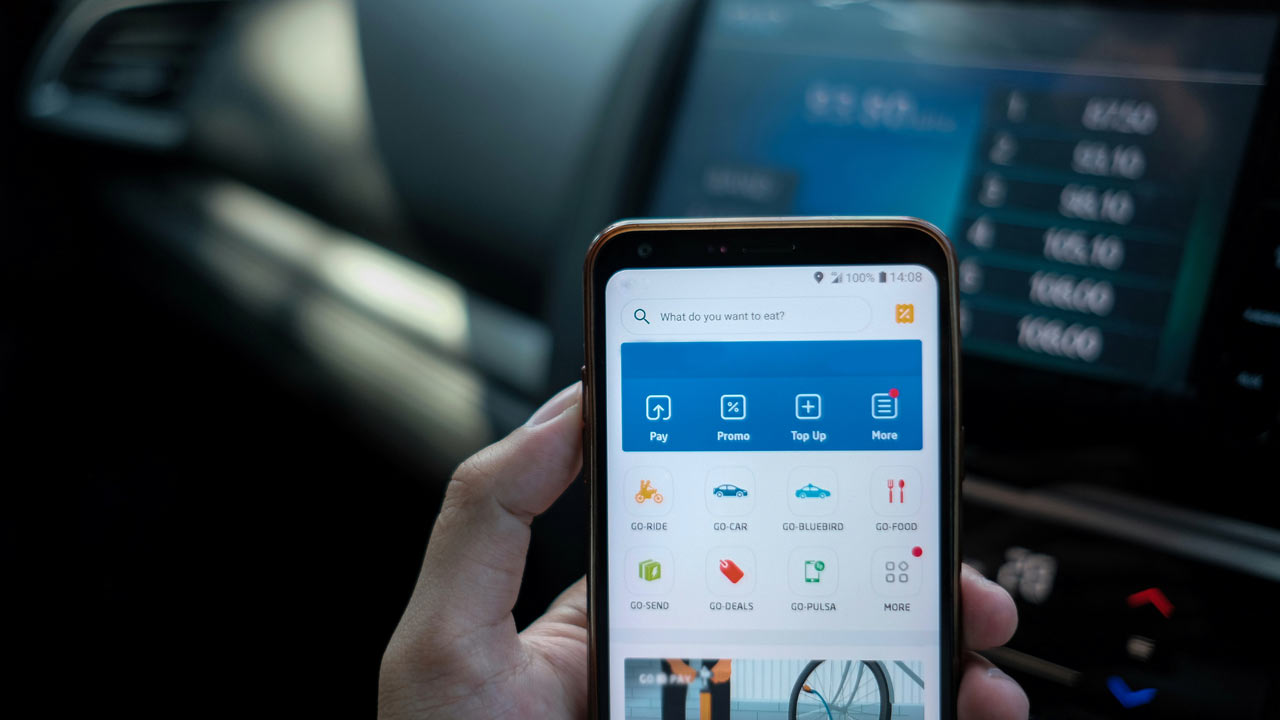
What are the most common use cases for using Open Banking recurring payments? Any company or institution that uses recurring card payments or direct debit is a use case for Open Banking enabled recurring payments.
Here are some examples:
Consumer finance
Lenders and other financial products that require repeat payments from customers usually receive these via card. Not only is it expensive, but cards can expire, customers can dispute payments, and settlement times are long.
With Open Banking recurring payments, lenders could set up recurring payments that are a lot cheaper, secure, and less risky. Lenders can also use Open Banking more broadly to get a better overview of a borrower’s financial health, and therefore offer more accurate credit products.
In fact, there are many benefits to lenders using Open Banking payments. We wrote an entire guide on it: With Open Banking, debt collection turns into an opportunity for lenders
Insurance
Similar to lenders, insurance companies require a regular payment from customers in the form of premiums. What if insurance companies could use faster, more secure Open Banking payments instead?
Thanks to PSD2 recurring payments, insurance companies can offer their customers the possibility to split their premium payments easily and automatically. In this way, users have more control over their expenses and insurance companies, with this knowledge, can offer them more products and benefits.
SaaS
Anything from productivity tools, accounting software, and digital newspapers are examples of businesses that use recurring payments to generate revenue from customers. With Open Banking, these companies would pay less in fees, have a closer relationship with the customer, and have a more stable cash flow.
We hope this guide has clarified a few things about recurring payments. Although card payments are familiar, they aren’t built for the digital world and cause merchants a lot of issues. With Open Banking recurring payments, merchants can offer a much better customer experience via ongoing consent and will benefit from lower fees, faster settlement, and more security.
To learn more about using recurring payments, check out our products.

